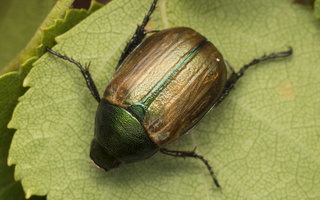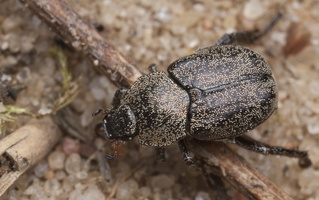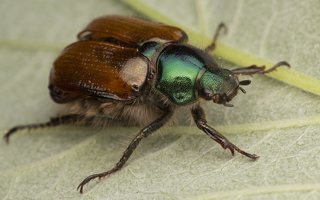
-
 Anomala dubia · žiedinis grambuolys
Anomala dubia · žiedinis grambuolys
-
 Hoplia graminicola · žolinis grambuoliukas
Hoplia graminicola · žolinis grambuoliukas
-
 Phyllopertha horticola · grikinukas
Phyllopertha horticola · grikinukas
- shining leaf chafers
- grambuoliukai
- rutelowate, zmianowcowate

 Anomala dubia · žiedinis grambuolys
Anomala dubia · žiedinis grambuolys
 Hoplia graminicola · žolinis grambuoliukas
Hoplia graminicola · žolinis grambuoliukas
 Phyllopertha horticola · grikinukas
Phyllopertha horticola · grikinukas